March 2021








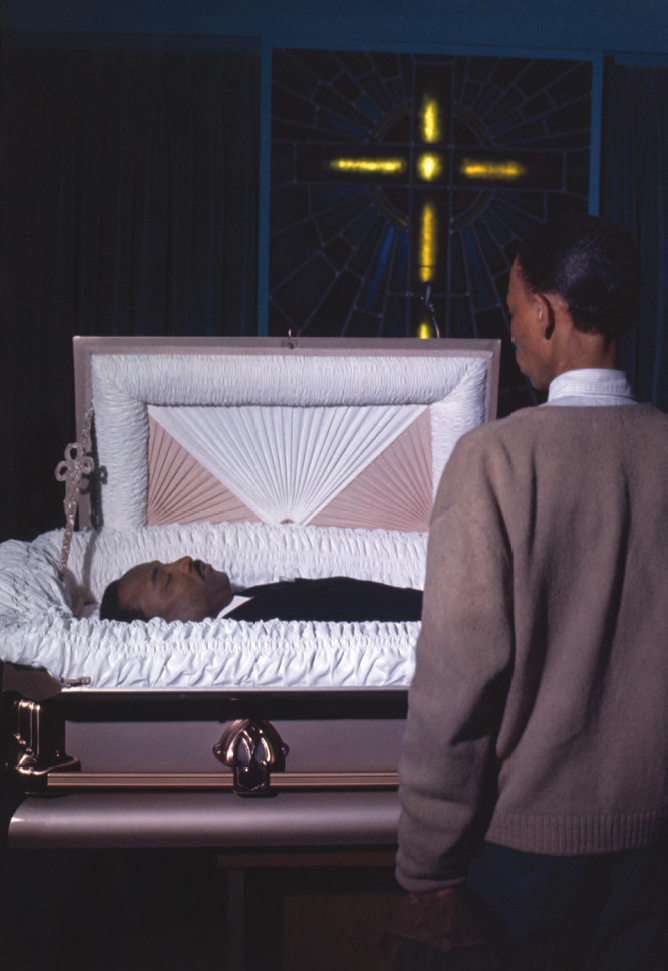
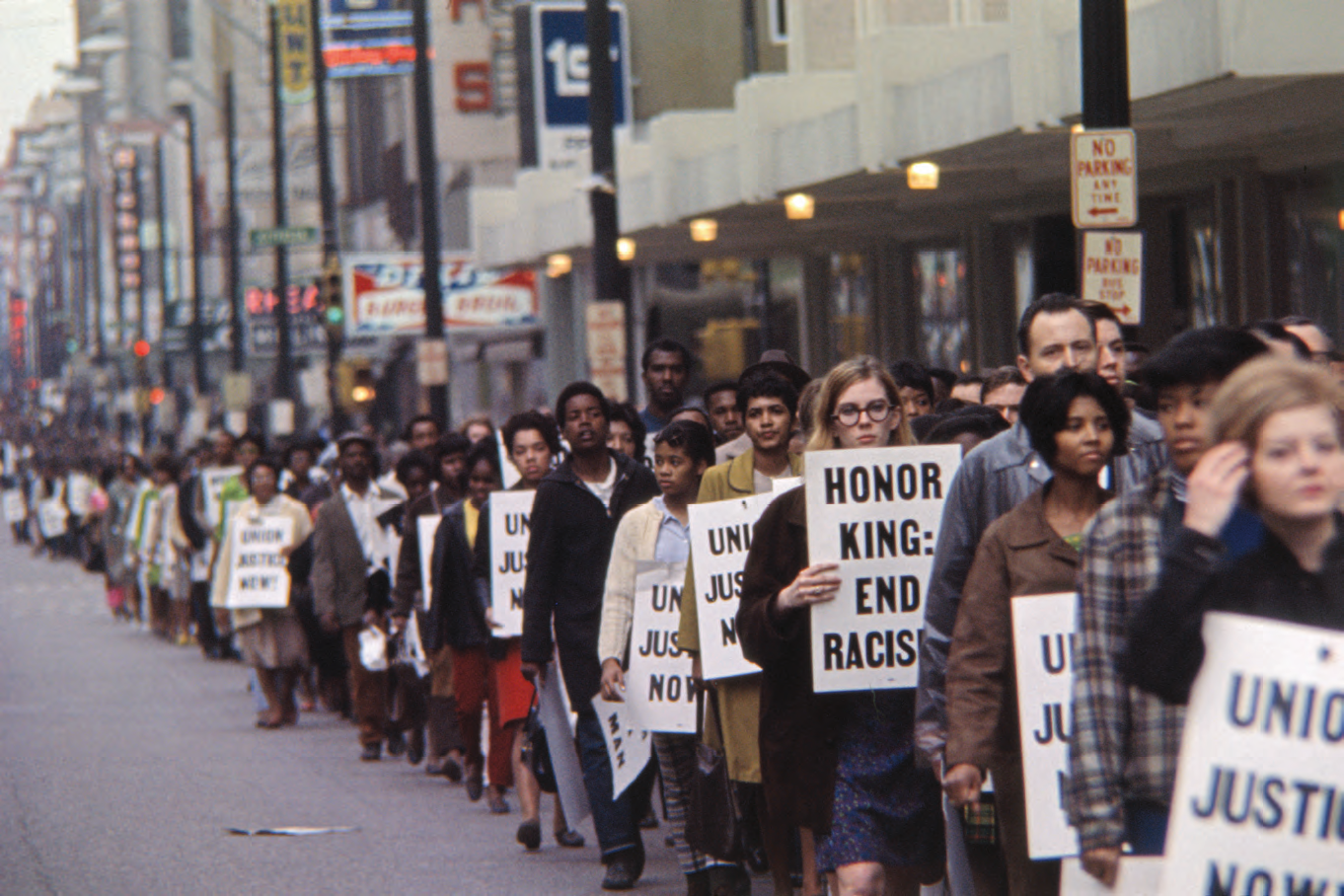
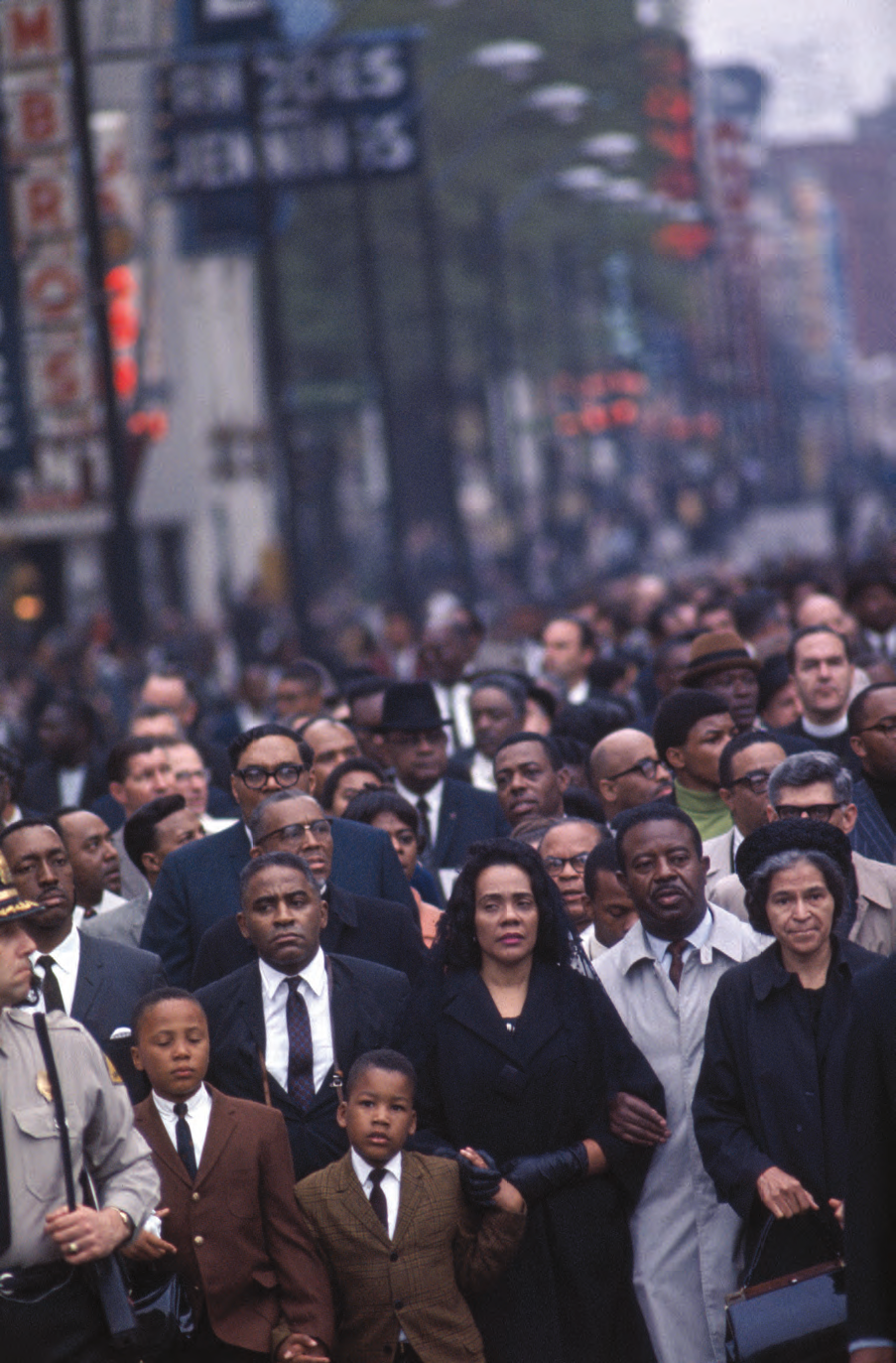
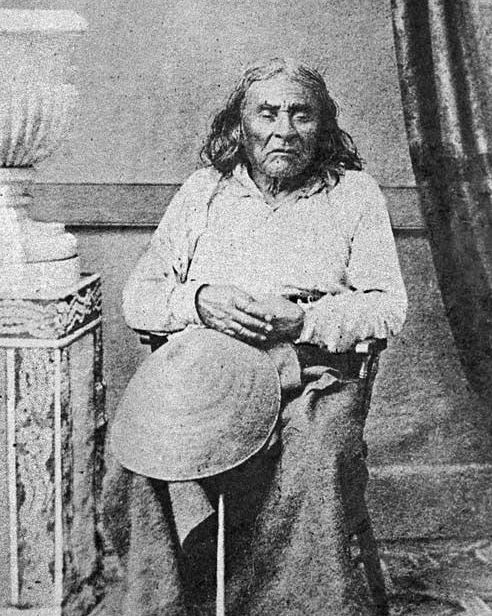
Editor's Note: Bruce Watson is a writer, historian, and contributing editor at American Heritage. You can read more of his work on his blog, The Attic.
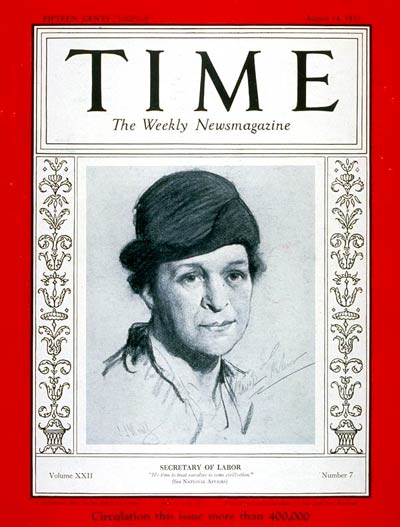
Editor's Note: Ellen Carol DuBois is a professor in the history department at UCLA and the author of numerous books on women’s suffrage including the recent, authoritative survey, Suffrage: Women’s Long Battle for the Vote, from which she adapted the following essay.
Editor's Note: William Ferris is the former Chairman of the National Endowment for the Humanities and founding director of the Center for the Study of Southern Culture.
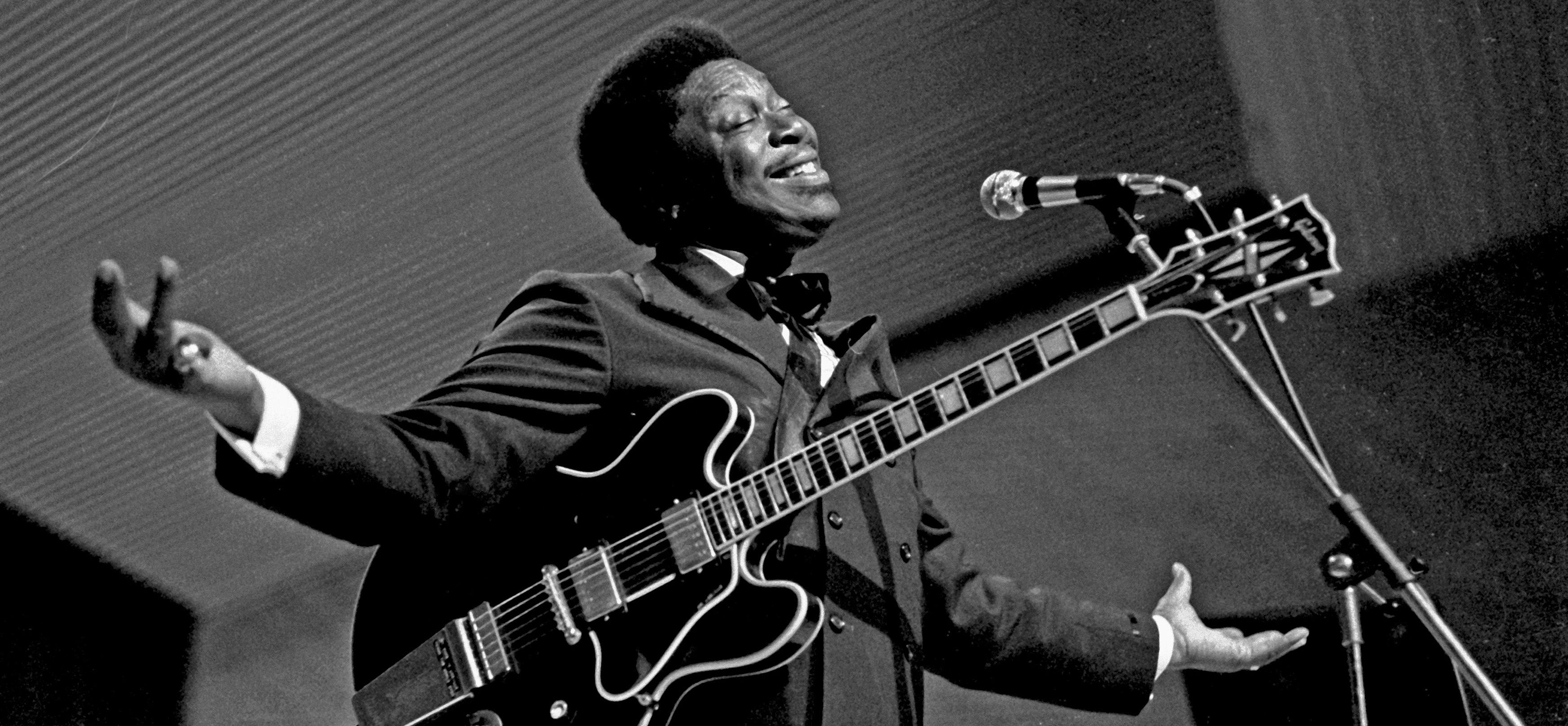
Editor's Note: Douglas R. Egerton is Professor of History at LeMoyne College. The following essay was adapted from his Gilder Lehrman Lincoln Prize-winning book, Thunder at the Gates: The Black Civil War Regiments That Redeemed America, published by Basic Books.
Editor's Note: Have your own letter to the editor? Send it to editor@americanheritage.com!
To the editors,
Congratulations on your special issue on Presidential Misdeeds and the numerous essays, especially those by journalists David Schribman, Curtis Wilkie, and Ed Yoder.
Editor's Note: Bruce Watson is a writer, historian, and contributing editor at American Heritage. You can read more of his work on his blog, The Attic.
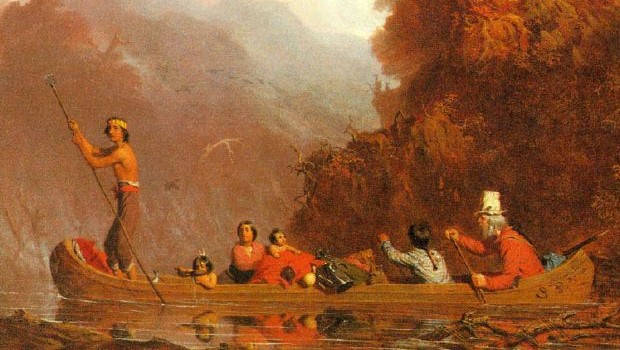
Editor's Note: Peter Osnos was a reporter at the Washington Post and a prominent book editor and publisher in New York. He founded PublicAffairs Books in 1997 and served as its Publisher and CEO until 2005. Mr. Osnos worked with Vernon Jordan while at PublicAffairs, and adapted the following essay for American Heritage from Especially Good View: Watching History Happen, his memoirs being published in June.
Editor's Note: Thomas C. Holt is the James Westfall Thompson Professor of American and African American History at the University of Chicago and a preeminent scholar of black heritage and descendants of the African diaspora in America. He adapted the following essay from his most recent book, The Movement: The African America Struggle for Civil Rights, published by Oxford University Press.
